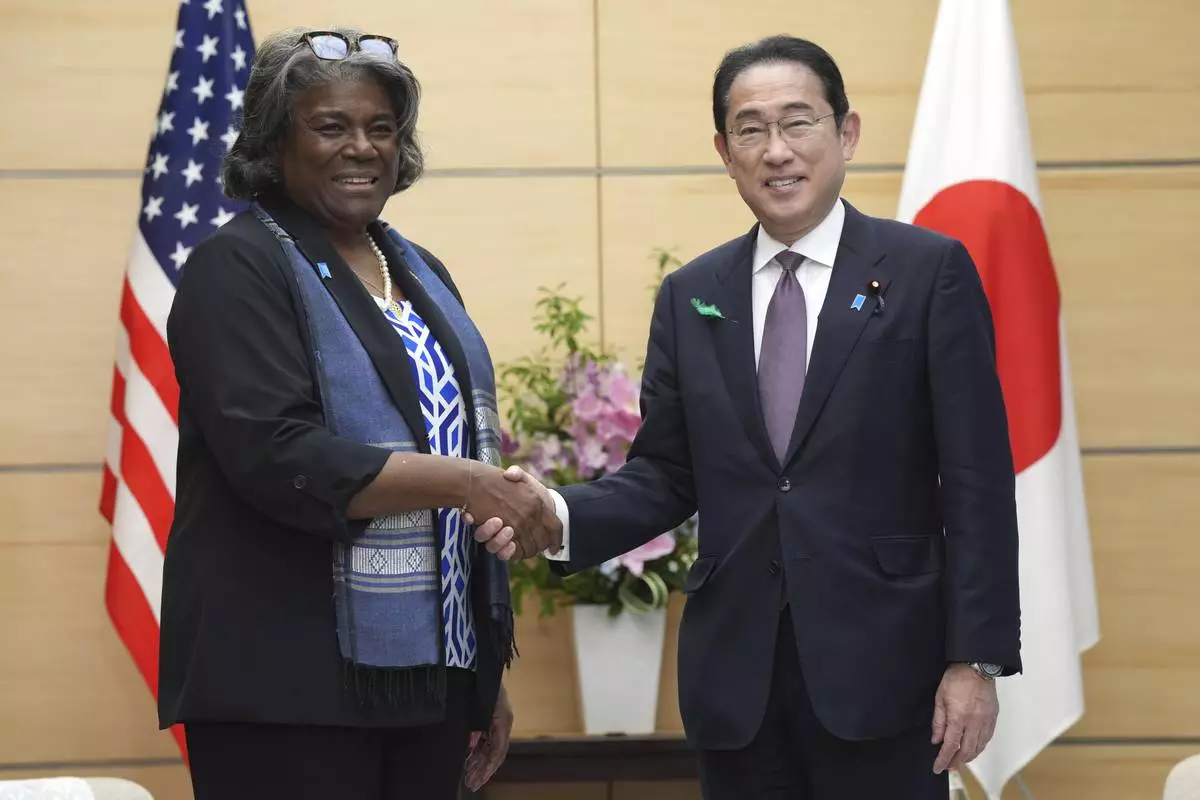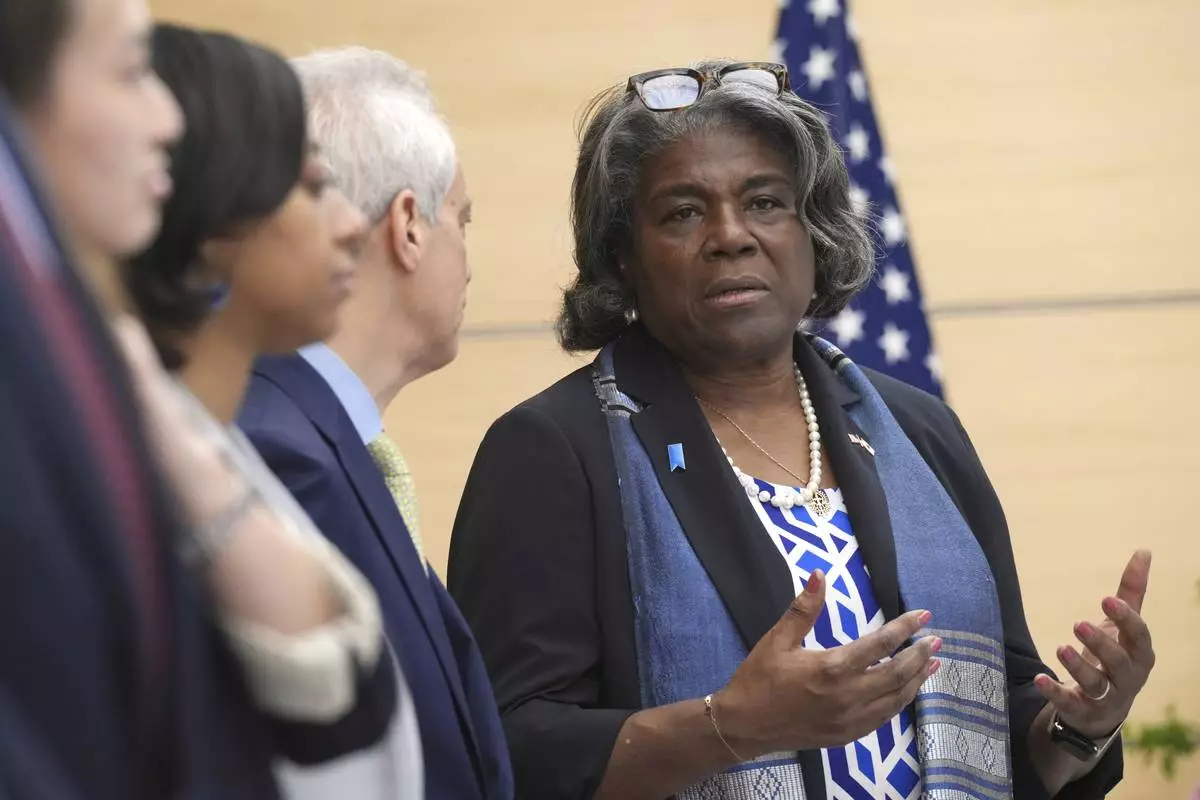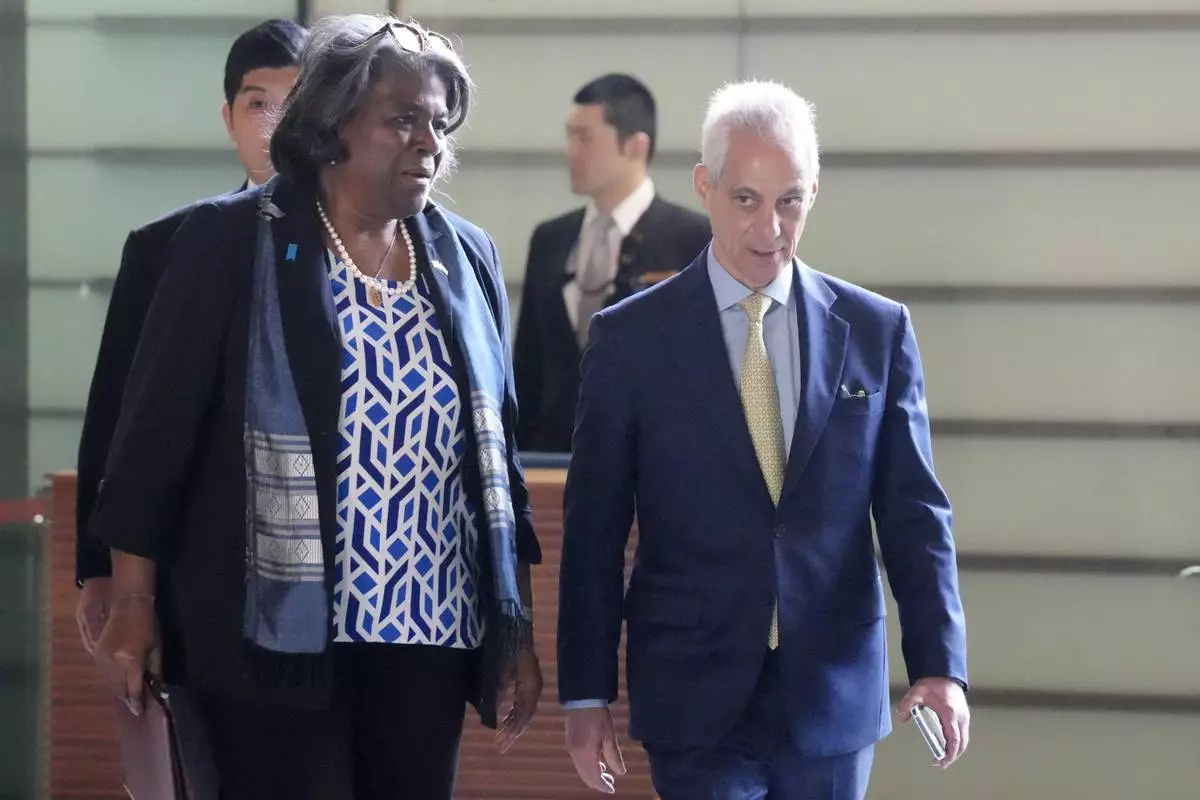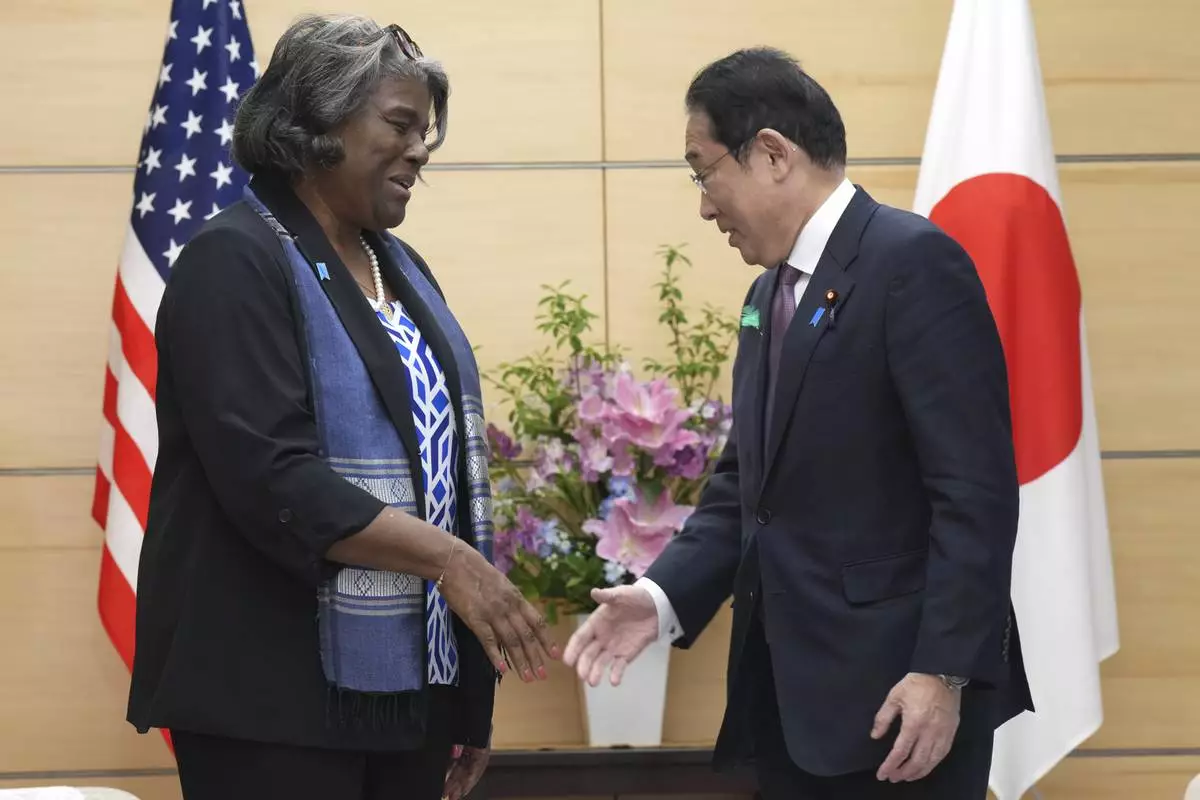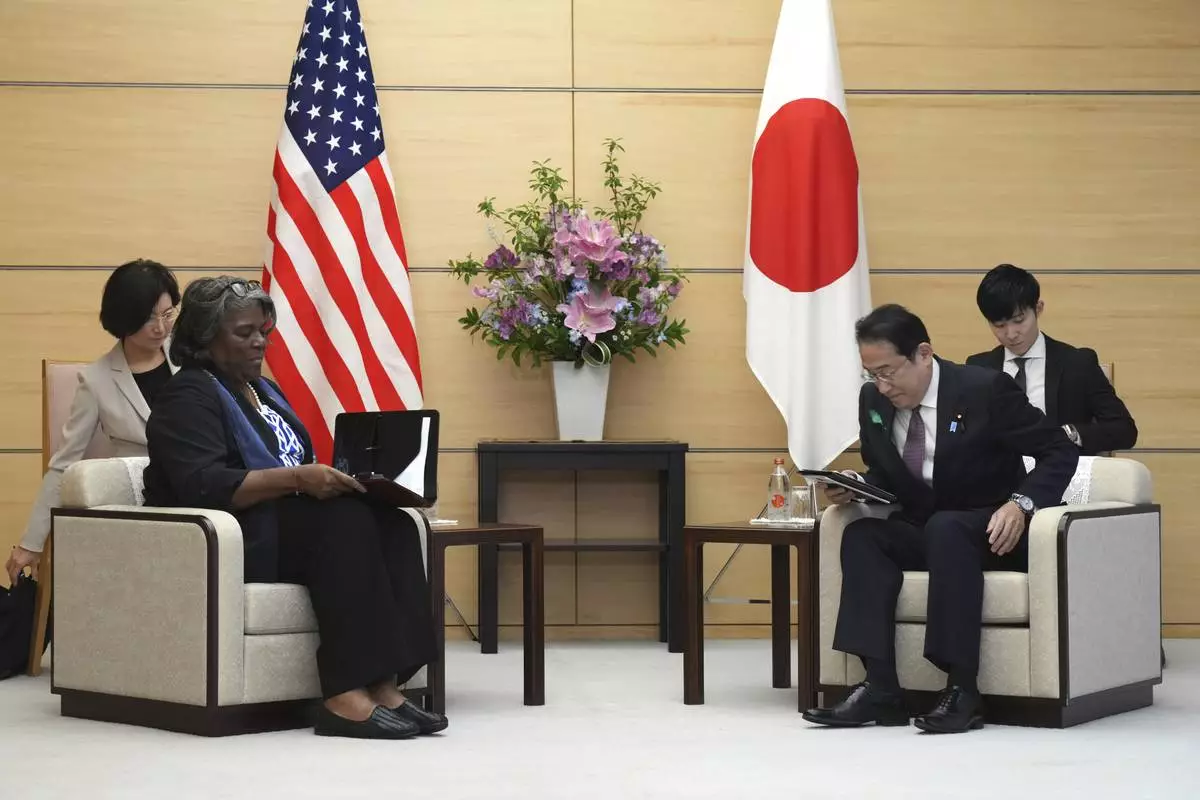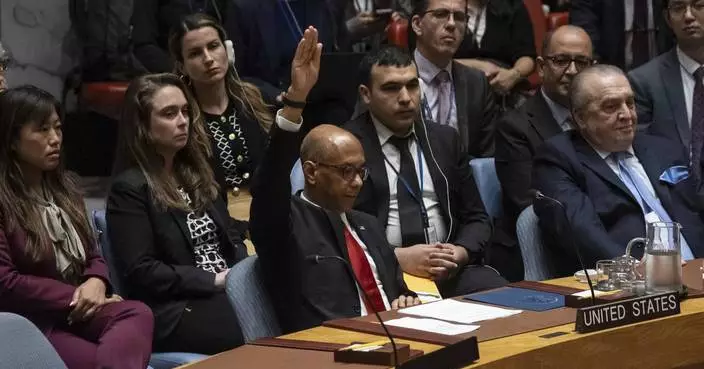As a spokesperson for the insurance industry, Loretta Worters often gives tips to homeowners on preventing water damage. Some of her knowledge comes from personal experience.
Worters says she had owned a home in Bellmore, New York, for only a month when she noticed the clothes washer in the basement was taking an awfully long time to fill.
"I went downstairs and I was up to my ankles in water," says Worters, vice president of communications for the Insurance Information Institute.
Appliance and plumbing failures are a leading cause of household water damage, which is far more common than you may think. Homeowners are six times more likely to suffer property losses from water than from theft and seven times more likely than from fire, says Kelly Greene, a risk consulting manager from Chubb Personal Insurance who led a session on property damage at the Financial Planning Association NorCal conference in May. ("Water damage" is different from flooding, which is rising water that affects two or more properties.)
"When you ask people (if they've had water damage), if they haven't, chances are they know someone who has — a friend or family member or neighbor," Greene says.
Water damage accounts for $1 billion in insured losses annually for homeowners and renters, with claims averaging more than $10,000 each, Worter says.
But not all water losses are covered by insurance . While a sudden event, such as the hose that burst on Worter's washing machine, would be covered, a slower leak typically wouldn't be. A homeowner could end up paying thousands of dollars, or more, to fix the damage and remediate any mold.
"That's a maintenance issue," Worters says. Insurance doesn't typically cover problems caused by issues a homeowner should have detected and fixed, such as termite damage or a leaky roof.
Yet while most homeowners have smoke detectors to alert them to fires, and many have alarm systems to help deter theft, relatively few take steps to prevent catastrophic water damage. Even in the multimillion-dollar homes Chubb covers, less than 2% have automated systems that can shut off the water if there's a leak, Greene says.
That's a problem for the insurer, since water damage makes up 45% of its total homeowners claims, and losses over $1 million have more than tripled since 2015, Greene says. Chubb now encourages policyholders to install water leak detection systems, which attach to water mains and can cost $500 to $3,000, Greene says.
But there are lower-cost and free ways homeowners can head off problems:
Locate the main shut-off. Adults and older children should know where the main water supply shut-off valve is and how to turn it off, Worters says. You don't want to have to search for it in an emergency. The shut-off is often near the water meter or where the main water line enters the home. Water-using appliances like toilets and dishwashers typically have shut-off valves as well.
Regularly check supply lines. Look for leaks in the supply lines to sinks, toilets and hot water heaters, and inspect hoses that connect to washing machines, dishwashers, ice makers and pull-out spray faucets. If you find rubber hoses, consider replacing them with braided metal versions that are more durable. Braided metal hoses typically cost $10 to $30 each — and it's a fairly easy do-it-yourself project to install them. (Just remember to shut off the water and unplug the appliance first.)
Don't run water appliances overnight or when you're not home. A burst hose can pump 600 gallons of water an hour into your home while you're sleeping or away, Worter says. Consider shutting off the water entirely when you're on vacation, Greene says.
Stay on top of home maintenance. Clear gutters and make sure downspouts funnel water away from your house's foundation. Inspect roofs for missing shingles and other damage. Prevent ice dams, the ice that forms along roof edges that can cause water to back up under the shingles. Replace cracked caulk or sealant around tubs and showers.
Install alerts. Higher-end leak detectors such as Phyn Plus and Flo by Moen can monitor your water usage for anomalies, connect with smart home systems and alert you to problems through phone apps. If you're not ready to spend hundreds or thousands of dollars, though, you can buy a three- or four-pack of basic sensors at hardware stores or online for less than $40. Place them on the floor near washers and hot water heaters, and the shrieking alarms will alert you to trouble.
This column was provided to The Associated Press by the personal finance website NerdWallet. Liz Weston is a columnist at NerdWallet, a certified financial planner and author of "Your Credit Score." Email: lweston@nerdwallet.com. Twitter: @lizweston.
RELATED LINK:
Understanding homeowners insurance http://bit.ly/homeowners-insurance-101



